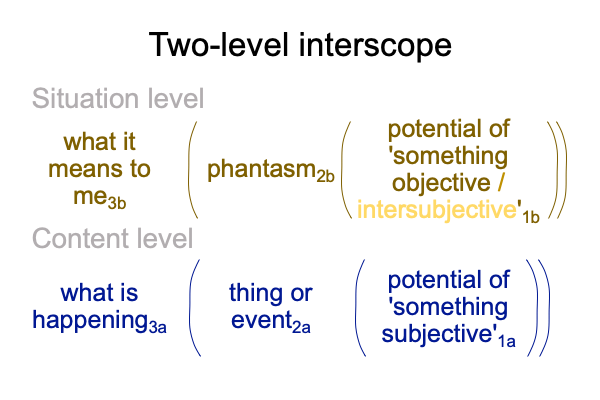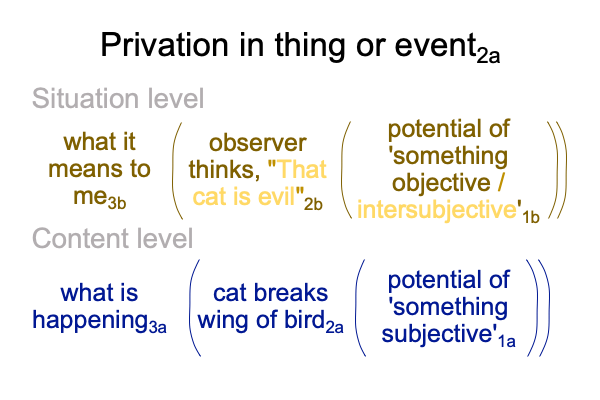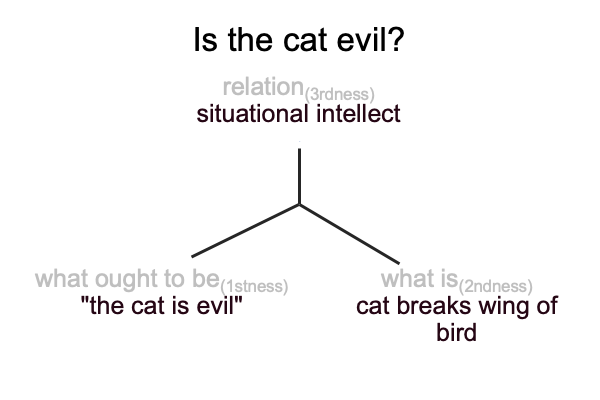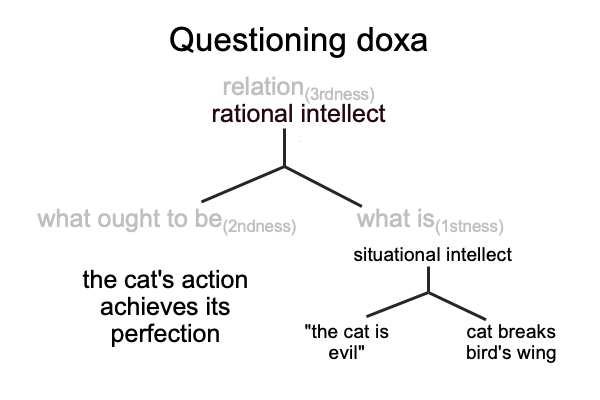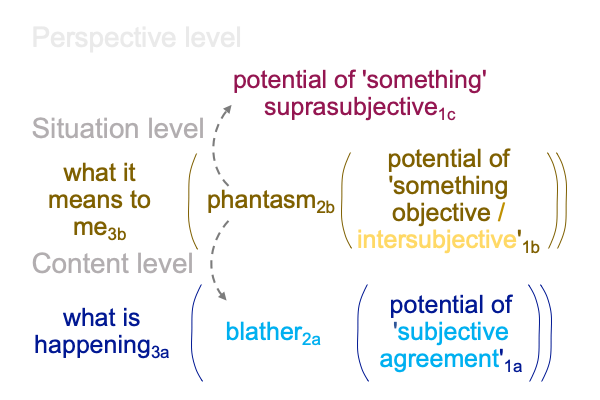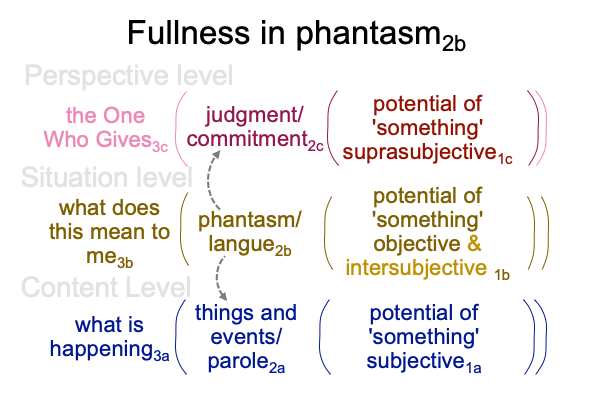Looking at Kirk Kanzelberger’s Essay (2020) “Reality and the Meaning of Evil” (Part 1 of 18)
0001 What is Reality?
Reality is a journal for philosophical discourse.
It is worthy of financial support by people of good will.
Reality is the only journal, to date, closing the gap between Thomistic philosophy and Peircean semiotics.
0002 John Deely (1942-2017) finds the loops through which a thread of reality now runs. The two loops? A thread of reality? John Poinsot (1589-1644), a Baroque scholastic in the tradition of Thomism, and Charles Peirce (1839-1914), an American philosopher, chemist and intellectual voyager, formulate the same definition of sign. One marks the end of the Latin Age, the second age of understanding. The other starts the Age of Triadic Relations, the fourth age of understanding. The thread is the realness of sign-relations.
Reality is the only journal, to date, running more threads through these loops.
0003 In contrast, Razie Mah builds little figures, illuminating triadic relations. He constructs a grand theodramatic narrative, The Human Niche, An Archaeology of the Fall and How To Define the Word “Religion”, where these triadic diagrams shine. They glimmer in the darkness of the current Age of Ideas.
The same darkness shrouds Reality.
0004 With this said, I open the pages of Kirk Kanzelberger’s essay, titled, “Reality and the Meaning of Evil” published in the inaugural issue of Reality (volume 1(1) (2020) pages 146-204).
0005 I also have, in hand, A Primer on the Category-Based Nested Form and A Primer on Sensible and Social Construction.
Perhaps, these triadic structures will serve as guides.

